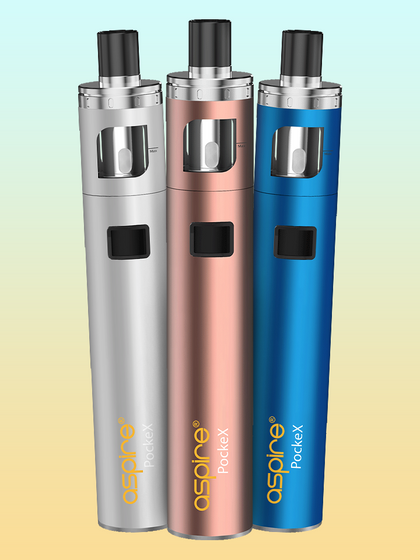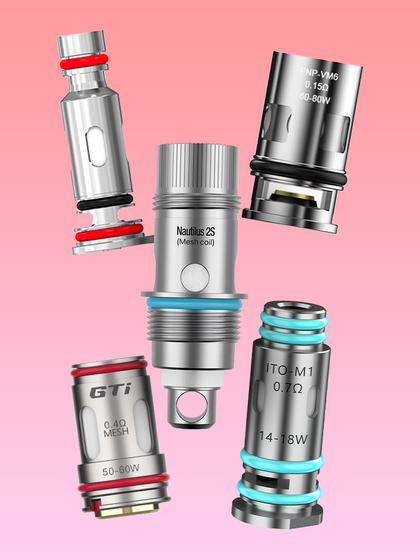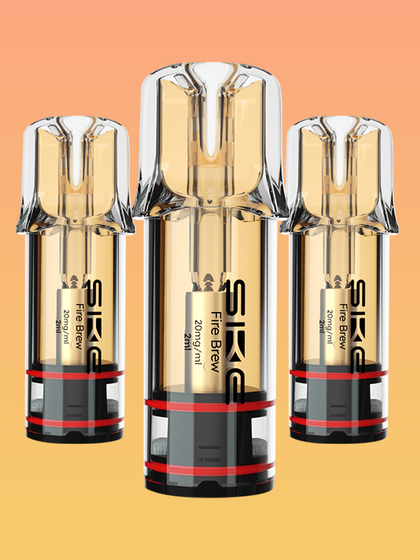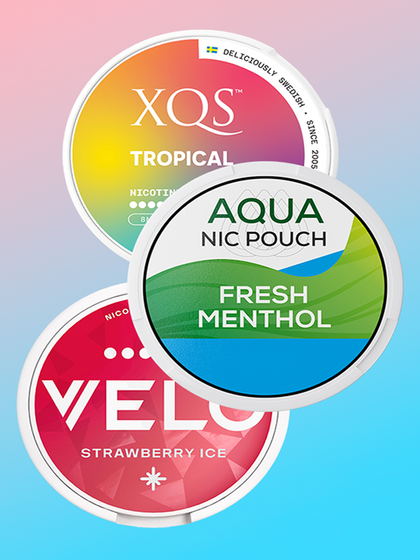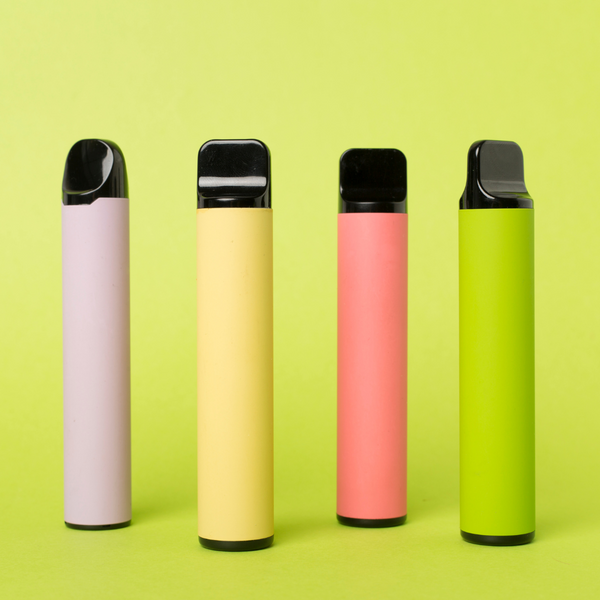Demystifying Vape Coils: Everything a Beginner Needs to Know
Jun 12, 2023
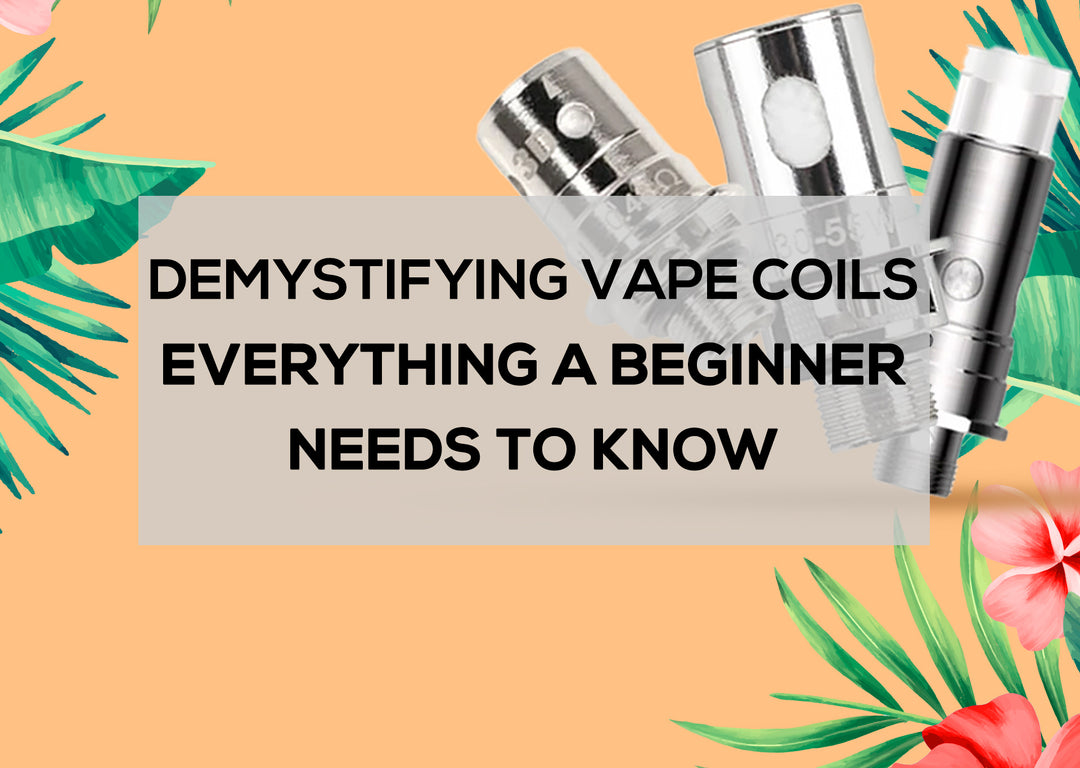
Demystifying Vape Coils: Everything a Beginner Needs to Know
Whether it’s a VooPoo or your favourite pod system, vape coils are an ever-present in every e-cig device.
If you are just starting out in your vaping journey, this is one of the vape accessories you want to orient yourself with.
Reason being that the quality of every session will be dictated to a large extent by this little guy. In other words, depending on the state of your coil, it can make or break your vape session. Or experience as a whole.
More than that, unlike many other parts of your vaporiser, the coil is the one component you will be need to replace every couple of weeks (or months depending on usage).
What Does the Vape Coil Do?
The vape coil is the unit housed inside your device atomiser – or cartridge in the case of pod kits.
Also known as a wire or atomiser head, the vape coil is exactly that – a metal wire – tasked with tapping power from the battery and using that power to heat up e-liquid in the tank.
Most coils are enveloped by a wick which is made from a material such as cotton. The purpose of the wick is to absorb juice from the vape tank, rather than have the e-liquid in direct contact with the wire. Once saturated (or primed in vape speak) the coil then heats up the e-liquid, turning it into the vapour you inhale.
While serving a similar purpose, vape coils differ in all sorts of ways. They come in different sizes and gauges, and the material used in manufacturing the coil is also different. When shopping for coils, you will encounter everything from conducive ceramics to alloyed metals. For this reason, you need to be vigilant when buying vape coils for your device.
The good thing is that coils come with the most relevant info printed on the packs. Importantly, all coils will indicate the resistance levels supported, so it’s possible to tell which coil should be paired with which tank – either mouth-to-lung (MTL) or direct-lung (DL).
However, the onus is on you to figure out what coils are compatible with the particular e-cig or tank you are using because it’s not a one-size-fits-all affair. That’s the challenging part. Luckily, your e-cig device or tank should come with a recommendation on the exact coil models it marries best with.

Important: Please note that vape coils come in fake versions, so not everything in the market is what it seems to be. To ensure you always get authentic vape coils, we recommend sourcing them from a trusted supplier such as Vapemate. That way, you can avoid the frustration that comes with using fake coils.
Coil Resistance
All coils have a certain electrical resistance, and the amount of this electrical resistance is measured in Ohms, symbolised as Ω.
Coil resistance is divided into two categories:
- High resistance coils
This is a coil with a resistance above 1.0 Ohm. These coils are used at a lower power and are recommended for regular vaping.
Regular vaping makes use of, um, regular e-liquids which are juices that have a moderate amount of VG (vegetable glycerine) content. Moderate in this case implying 50% VG vs. 50% PG (propylene glycol), aka 50/50 e-liquids.
These coils:
- Are suited to most e-cigs
- Use less vape juice
- Produce less vapour
- Low resistance coils
These are coils with a resistance below 1.0 Ohm, hence the name “sub-ohm”. Despite the ‘low’ reference, these coils require more power to operate, which is why most devices that make use of low resistance coils are high-powered devices.
Sub-ohm vaping is synonymous with high cloud production which is as a result of not just the underlying hardware, but also the type of e-juice that goes into these devices: sub-ohm e-liquids.
Sub-ohm e-liquids contain high amounts of VG vs. PG, with the lowest ratio percentage coming in at 60/40 VG/PG. The most popular ratio is the 70/30 e-juice.
These coils:
- Emit a lot of vapour
- Guzzle more e-liquid
- Are suited to a specific category of e-cigs
The Different Types of Coils
Vape coils give you options to choose from when selecting the type of wire.

Kanthal
This is the most common coil type. It is made from an alloy of iron, chromium and aluminium. Kanthal uses wattage mode and does not support temperature control (TC) vaping.
It’s inexpensive and an easy option to use.
NiChrome
Another common coil type that uses wattage mode and does not offer temperature control. Nichrome heats faster due to a lower heat resistance.
It is unique in that it can melt at temperatures lower than other coils, although that brings the risk of dry hits. It contains nickel and is harder to come across compared to Kanthal.
Stainless steel
This type of coil supports both wattage and temperature control vaping. Made up of nickel, chromium and carbon, stainless steel coils present you with an array of purity grades to choose from.
SS coils heat up faster than Kanthal.
Nickel
Commonly used as an alloy in other coils, nickel is also available on its own, although it can have difficulty maintaining form.
Nickel coils are mostly used for temperature control vaping and are not used in all devices.
Titanium
Titanium is another coil type used in temperature-controlled vaping. Available in a range of thicknesses, its safety is a hotly-debated topic due to the toxic nature of titanium dioxide.
It might be best to avoid this option due to the associated risks.
What Coil is Right for me?
It all depends really.
What type of device are you using and what’s the kind of experience do you desire? How much e-liquid are you prepared to use each day? Do you want larger clouds or something more subdued? Would you rather a coil that lasts a long time?
A good starting point is to try your hand at the different options and find out what works for you best. You can always start with Kanthal (the most common) and take it from there.
Extending the Life of your Coils
Coils have a lifespan that depends on how frequently you use them. For someone who vapes multiple times a day, on average you can expect the coil to give you a few weeks of service.
However, there are factors that can reduce the average lifespan of a coil drastically, so much so that the coil may not even be able to sustain a single session.
You see, vape coils are subject to burning which can cause dry hits. The primary cause is too little or no e-liquid at all reaching the coil during vaping. This is why it’s advisable to prime your coils before using your e-cig device or immediately after installing a new coil.
Priming the coil is basically giving the e-liquid time to sufficiently soak into the wick and reach the coil.
Another way you can extend the life of your coils is by making cleaning a regular part of your routine. Cleaning the tank and coil is especially recommended if you’re using higher VG juices or sweet e-liquids which can lead to gunk build-up in your atomiser.
What’s more, always vape using the correct wattage level for each individual coil and keep in mind that generally, coils are more prone to burning when you vape at higher wattages.
As well, you might want to take it slow with the chain vaping, if it’s something you do. E-cig devices are different from cigarettes and chain vaping can strain your vape coils, causing them to fail.
Lastly, as we mentioned earlier, always buy from trusted vendors to ensure you’re kitting out your e-cigs with coils that are able to go the distance and enhance your vape sessions at the same time.

